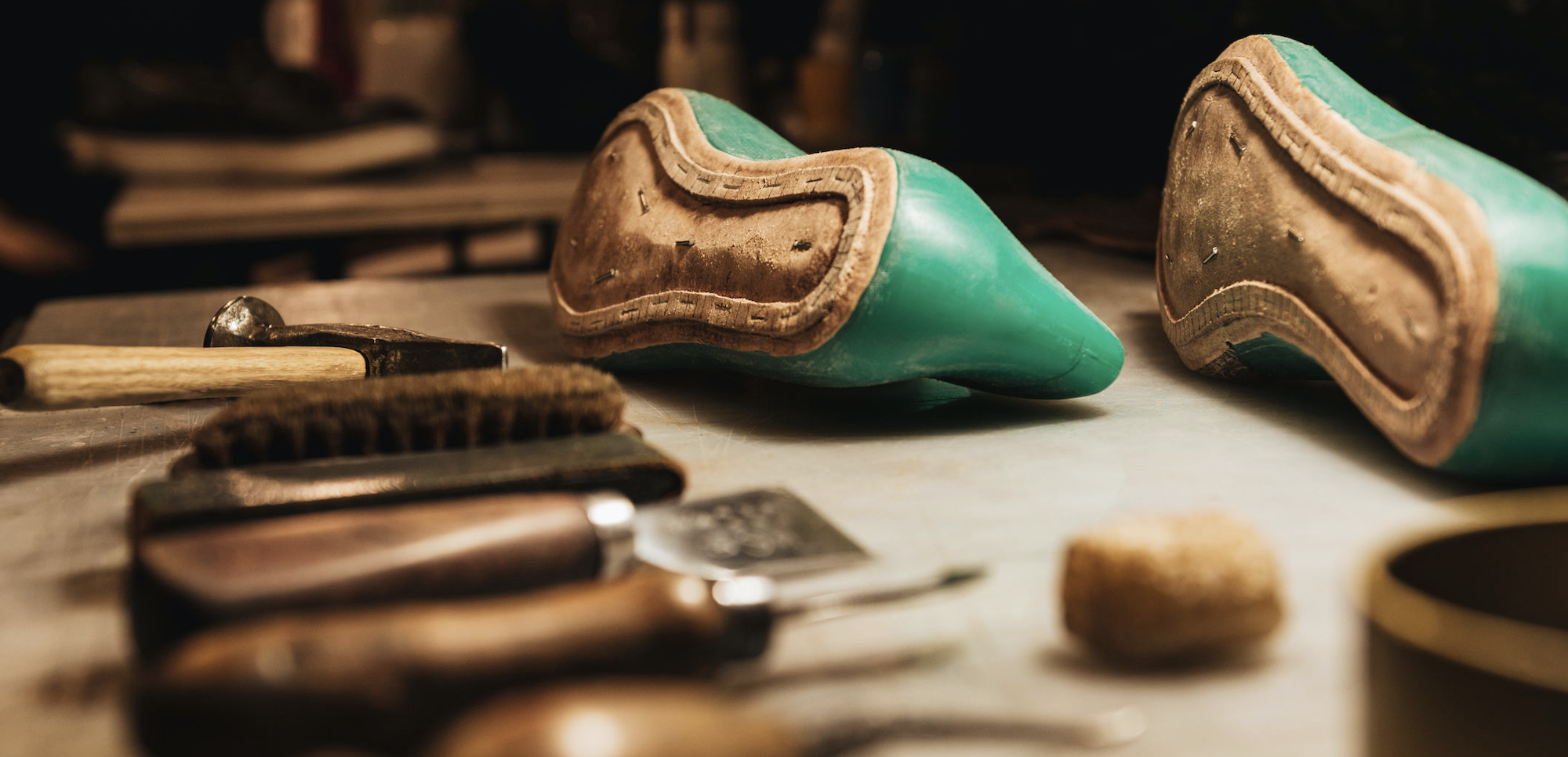11.21.2025
Sausage casings bulletin, November 21, 2025

...

During week 4 the European hide market confirmed the positive start of 2020 that we described in our last report. Some trades were closed, prices were reported increasing. Then came the coronavirus. The market sentiment is that this virus outbreak, which was first reported from China on the 31st of December and quickly became a global health emergency, could turn the tables.
“Uncertainty” is the word that better explains the situation here in Europe. Even though everyone knows that the situation in China has a massive impact on the world’s economy, the long terms effects are unclear. Market operators are quite disappointed, considering that the outbreak came right after the US–China Phase One trade deal, where it looked like the trade war could finally come to an end.
Needless to say, such contingency influences all European materials. There have been very few trades during the last week, and tanners are waiting to see what will happen before purchasing new hides. Their fear is that the orders of finished leather could significantly decrease in the upcoming weeks. Hopefully the situation will be more clear by the time the Lineapelle fair in Milan begins (19-21 February).
Italian calf price is reported steady, with a reduced production of the weight range 12/16, which is becoming harder to find on the market.
Italian tanners who need Dutch and French calf will have to wait a couple of months before they can get the material, unless they turn to the domestic dealers. Price is unchanged for these origins too.
German as well as French cow price is reported steady. Nevertheless, since China is the biggest importer of these hides, operators fear that the reduction of the industrial production in this country will negatively affect this material during the upcoming weeks.
Polish Ox/Heifers are traded at the same price as two weeks ago, with a decreased number of available hides due to seasonal reasons.